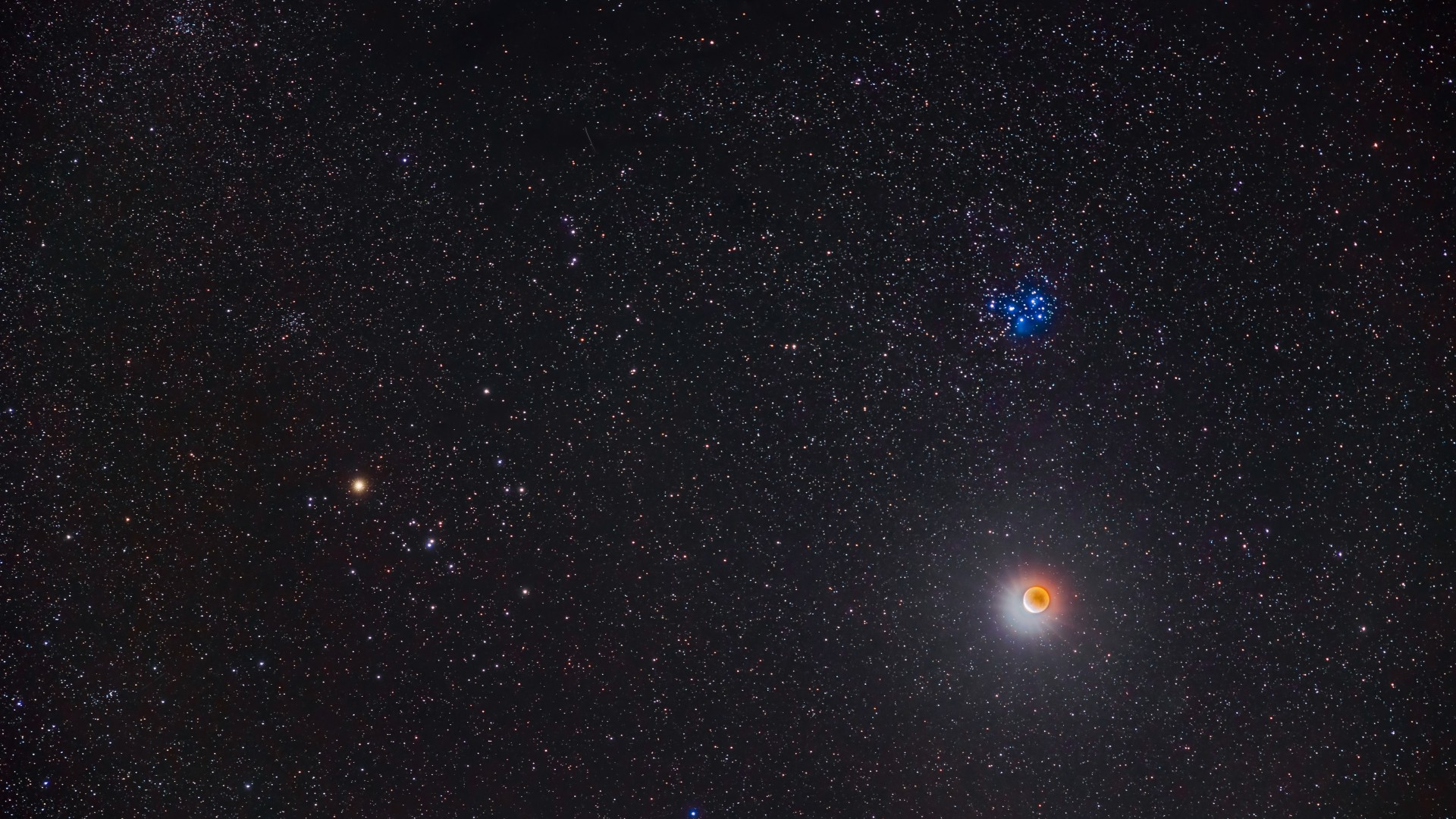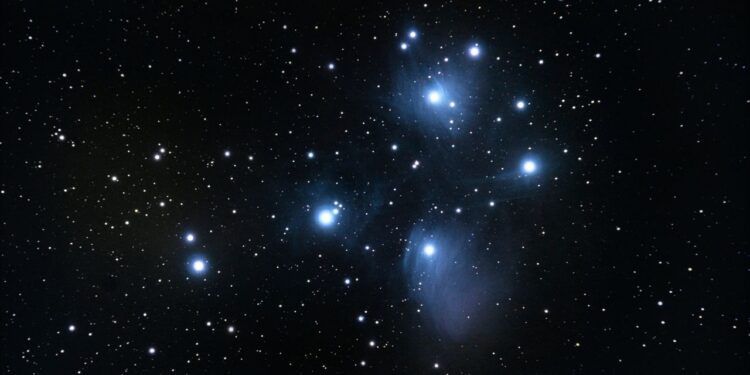Astronomers have discovered that the Seven Sisters of the Pleiades star cluster have more stellar siblings than we thought — a lot more.
Using NASA’s exoplanet hunting spacecraft TESS (Transiting Exoplanet Survey Satellite) and the European Space Agency star tracking spacecraft Gaia, scientists found that this highly familiar astronomical body contains around 20 times more stars than was previously known. The discovery not only has wide-reaching implications for the study of young star systems, but also cultural implications, as the Pleiades have been featured throughout recorded history around the world including mentions in the Old Testament and the Talmud.
The scientists behind the discovery say it could shift how humanity views one of the most well-known groupings of stars visible to the naked eye. “This study changes how we see the Pleiades — not just seven bright stars, but thousands of long-lost siblings scattered across the whole sky,” Andrew Boyle, lead author and graduate student in physics and astronomy at UNC-Chapel Hill, said in a statement.
The previously hidden new members of the Pleiades were discovered when a team of researchers from UNC-Chapel Hill used data from Gaia and TESS to measure the speed of known stars’ rotations. These measurements can reveal familial associations between stars that have drifted apart because the rate at which stars spin can be used as a cosmic ‘clock’ to determine their ages. Young stars spin more rapidly, while older stars spin more slowly.
The team’s new approach of mapping stars by tracking their rotation could reveal that many star clusters that were previously independent are actually part of much larger stellar families.
“We’re realizing that many stars near the sun are part of massive extended stellar families with complex structures,” said team member Andrew Mann, professor of physics and astronomy at UNC-Chapel Hill. “Our work provides a new way to uncover these hidden relationships.”

Indeed, using this technique to trace the family trees and birth locations of stars could help track down the stellar family from which our own star, the sun, originated, and that would provide scientists a much better understanding of how the solar system came to be and how our own Milky Way galaxy took shape.
“By measuring how stars spin, we can identify stellar groups too scattered to detect with traditional methods — opening a new window into the hidden architecture of our galaxy,” Boyle concluded.
The team’s research was published on Wednesday (Nov.12) in The Astrophysical Journal.
